Researchers advance screen-printed thermoelectric devices for flexible energy harvesting
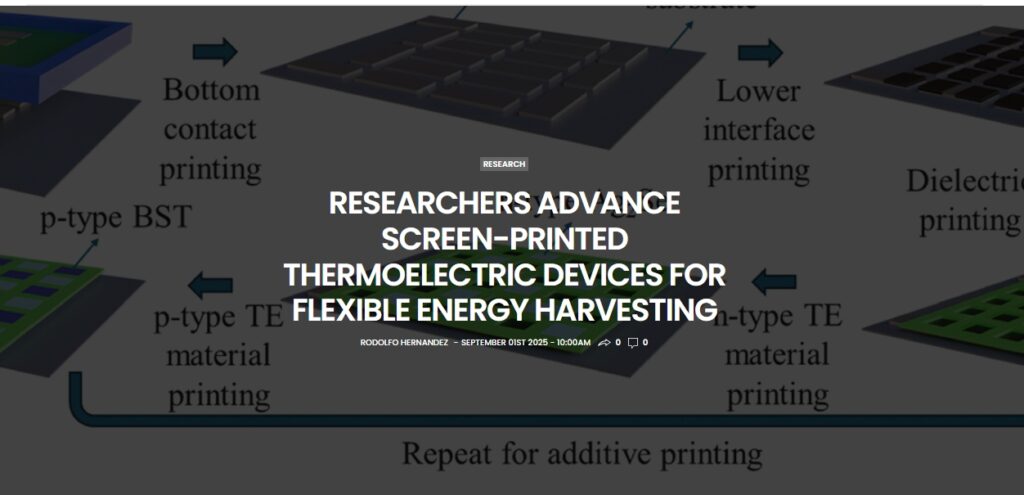
3D Printing Industry
by Rodolfo Hernandez
Read More
Printing White Light for Future Data Storage
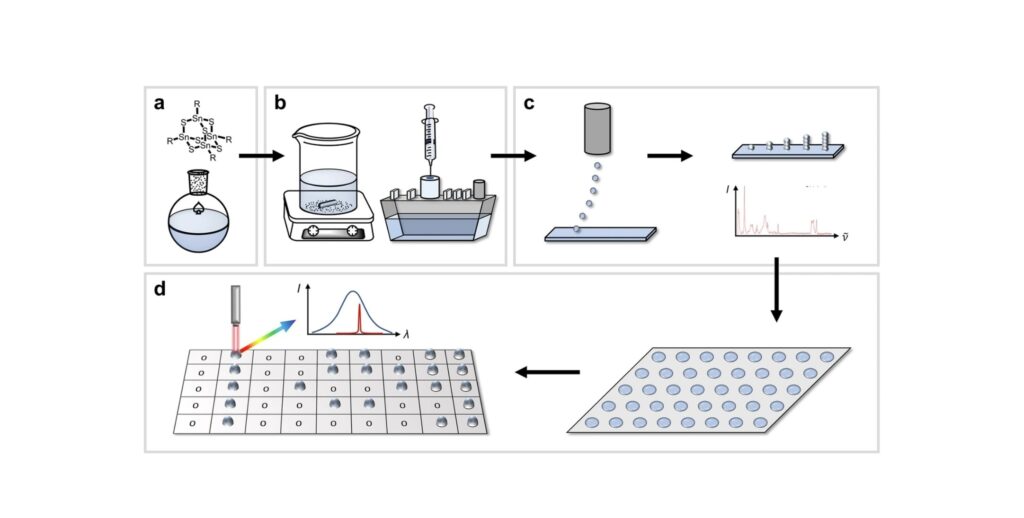
A new study in Communications Materials — including Cluster Postdoctoral Researcher Nils Rosemann and Principal Investigators Jasmin Aghassi-Hagmann and Stefanie Dehnen — demonstrates the first successful inkjet printing of adamantane-type organotin sulfide clusters without altering their molecular identity. These clusters exhibit unusual optical properties, producing either white light or frequency doubling depending on their structure. […]
Designing the Future of Lung Medicines
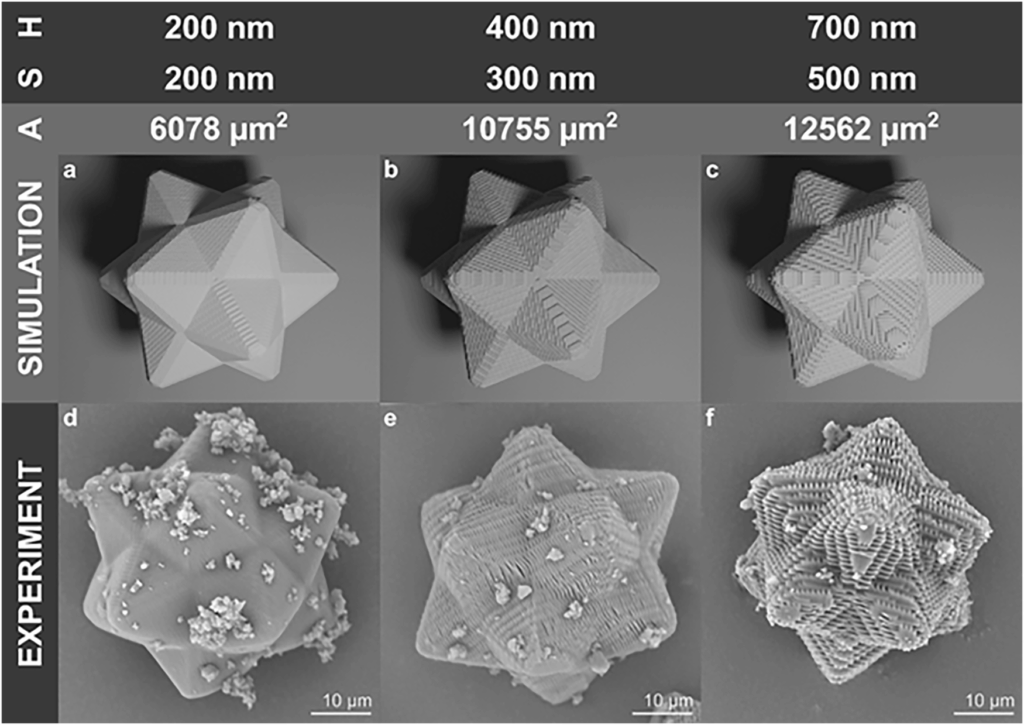
A recent study, including Cluster Doctoral Researcher Alexander Berkes, Alumnus Pascal Kiefer and PI Martin Wegener, explores how the geometry of carrier particles affects drug delivery in dry powder inhalers. The team used multi-photon 3D laser printing to create millions of microparticles with different shapes and surface textures. The spiked Pharmacone design performed best, enabling […]
Nanodroplets could speed up the search for new medicine
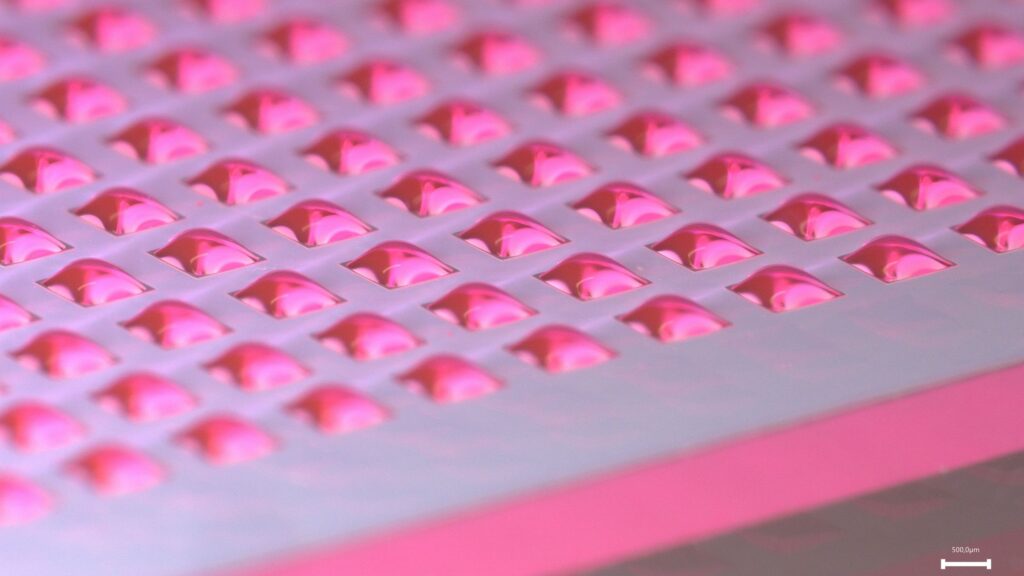
EurekAlert!
Read More
New Opportunities in 3D Microfabrication
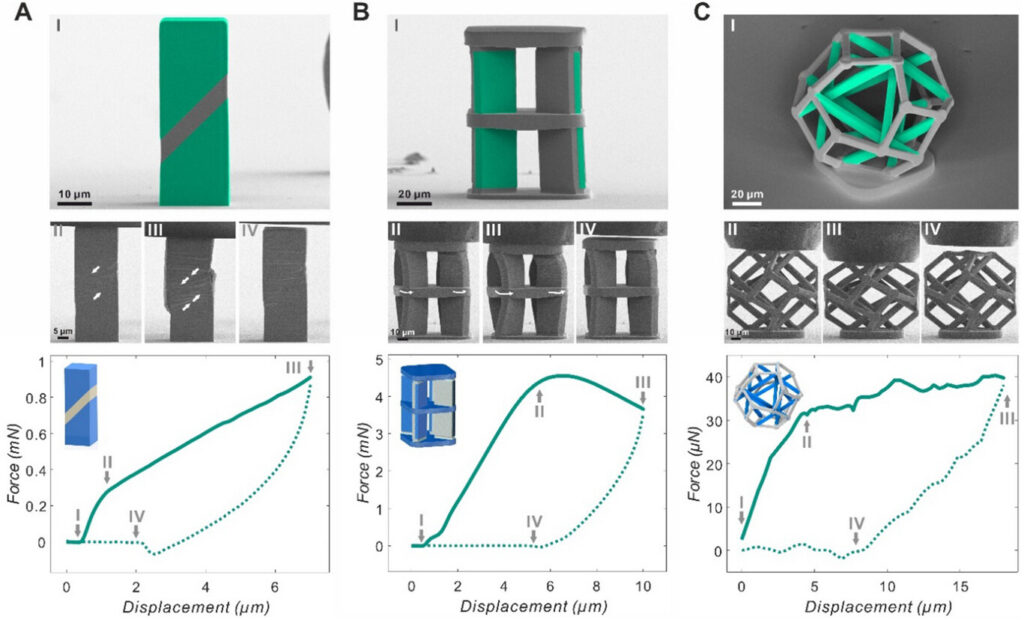
Scientists, including Cluster Alumna Tugce Nur Eren, Doctoral Researcher Jonathan L. G. Schneider, Postdoctoral Researcher Florian Feist, and PIs Martin Wegener, Jens Bauer, and Christopher Barner-Kowollik, have developed a single-component resin for 3D microprinting that enables structures with a wide range of mechanical properties in a single step. Unlike conventional resins, it does not require […]
Brain Organoids – Could They Cure Diseases?
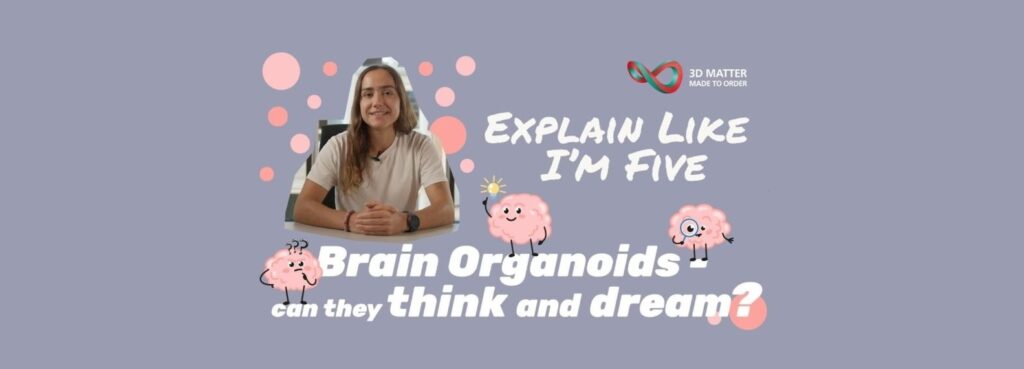
A new episode of our Explain Like I’m Five series is now live, exploring the fascinating world of human brain organoids. Lízia Branco, a Cluster Doctoral Researcher at the Karlsruhe Institute of Technology (KIT), demonstrates how lab-grown organoids made from stem cells can be used to study brain development and neurological disorders, eliminating the need […]
3D-Bioprinting senkt Zahl der Tierversuche
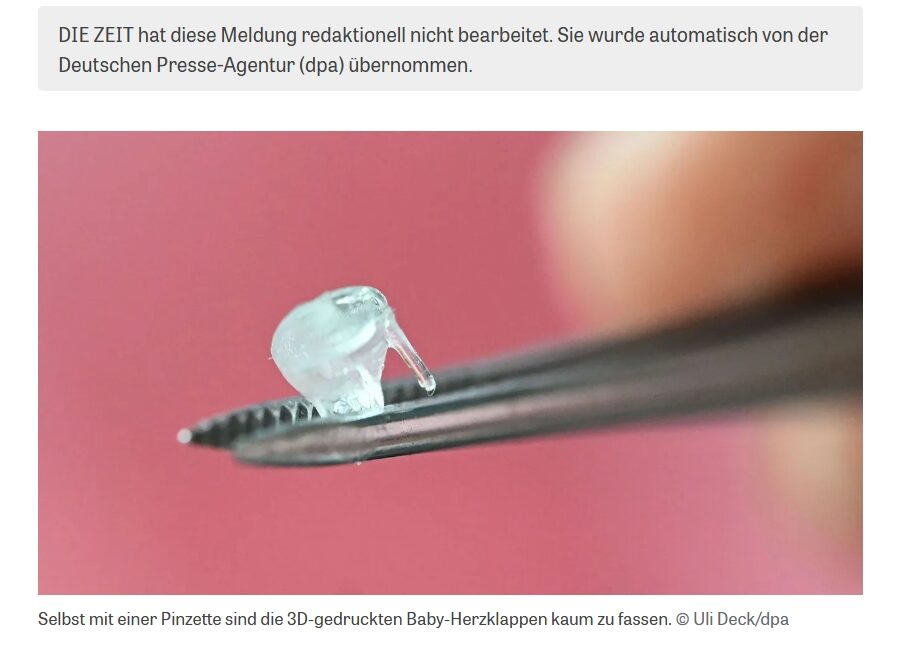
Die Zeit
Read More
Breakthrough in MOF Electronics: First Metallic Thin Film via AI-Driven Synthesis
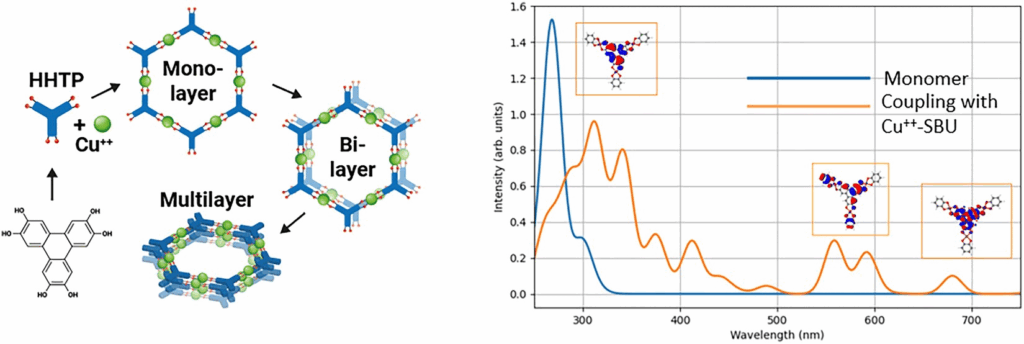
A research team including Cluster Postdoctoral Researcher Chatrawee Scheiger and Mariana Kozlowska, and Cluster PIs Christof Wöll and Wolfgang Wenzel has demonstrated the first MOF thin film with true metallic conductivity. Using AI-guided robotic synthesis, the team fabricated highly ordered Cu₃(HHTP)₂ thin films with conductivities exceeding 200 S/m at room temperature. This metallic behavior is […]
Deep Eutectic Inks Enable High-Resolution 3D Microprinting
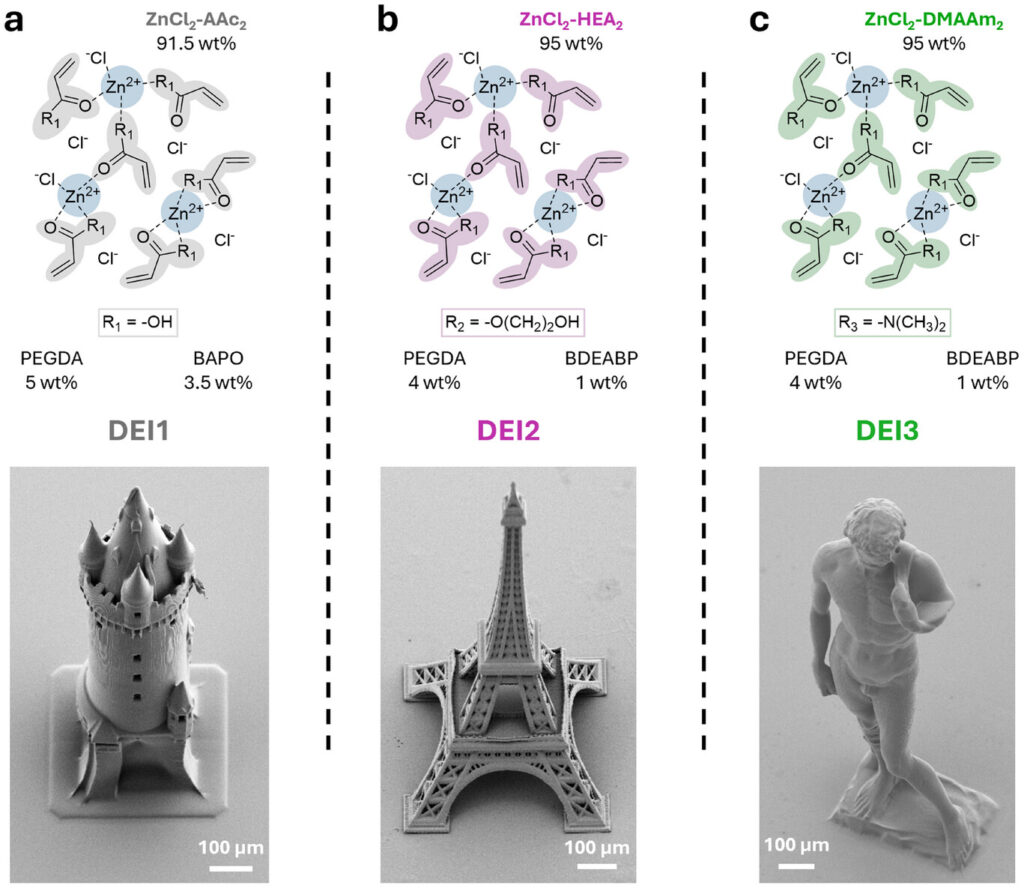
In this new publication, Cluster Doctoral Researchers Philipp Mainik and Jonathan L. G. Schneider, Principal Investigators Martin Wegener and Eva Blasco, along with Christoph A. Spiegel, present a new class of deep eutectic inks (DEIs) for multiphoton 3D laser microprinting. These inks enable the production of highly elastic and responsive microstructures with high spatial resolution […]
Shaping the Future of Research: Stefanie Dehnen elected to the Senate of DFG
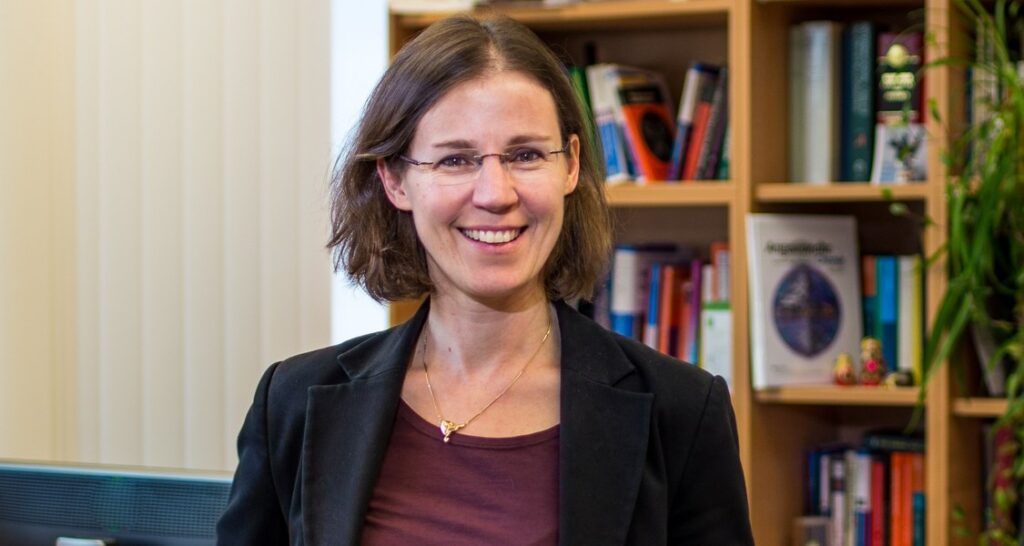
We congratulate our Cluster Principal Investigator, Prof. Dr. Stefanie Dehnen, on her election to the Senate of the Deutsche Forschungsgemeinschaft (DFG). She will take office in January 2026 as one of six newly elected members. The DFG Senate is the central scientific body responsible for major decisions regarding research funding, as well as the structure […]
